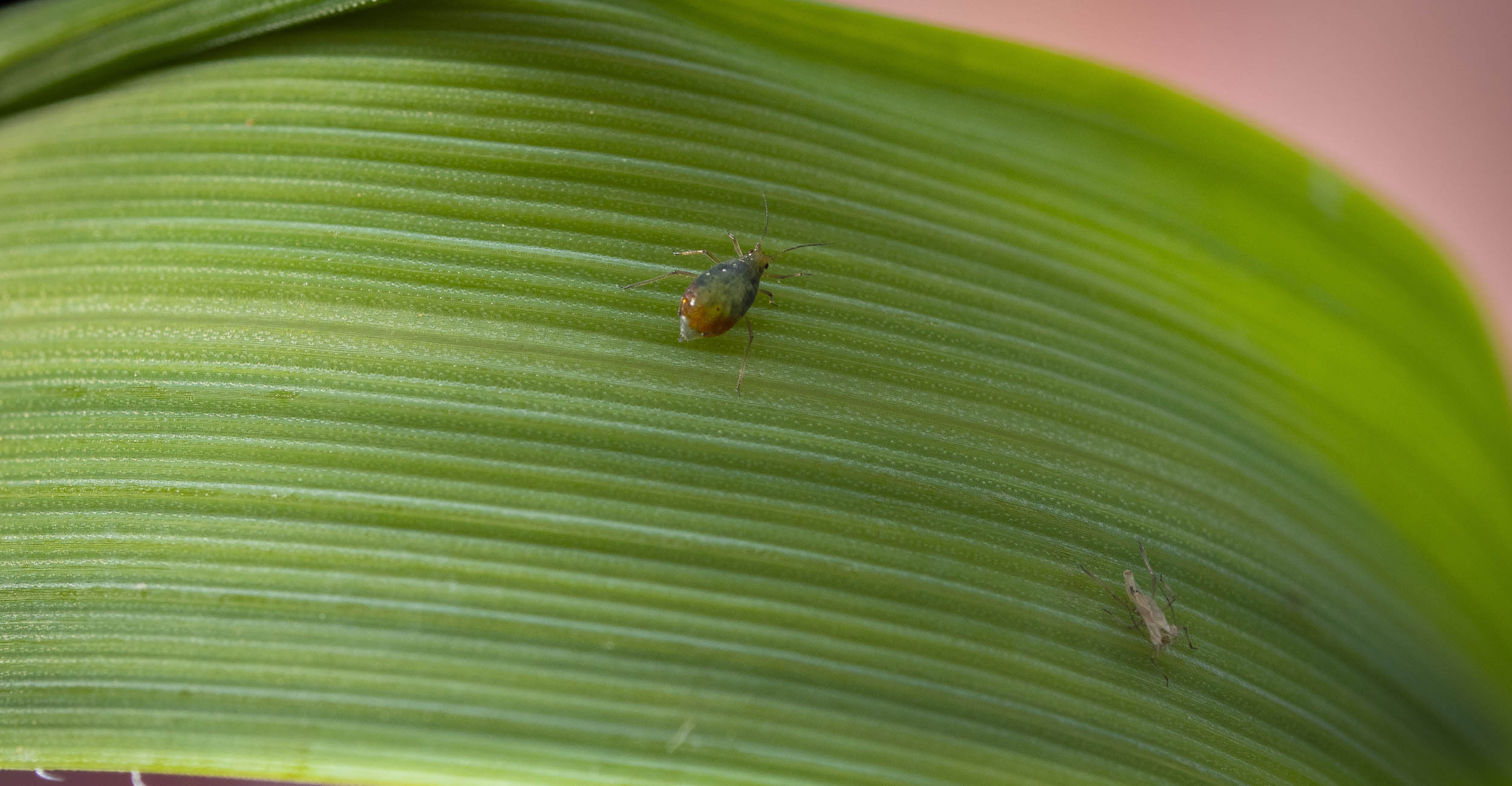
Drought conditions increase potential for wheat disease and insects
Thursday, April 6, 2023
Media Contact: Gail Ellis | Editorial Communications Coordinator | 405-744-9152 | gail.ellis@okstate.edu
Wheat harvest is two months away, and some of this year’s crop will be affected by not only drought conditions but also disease and insects.
On a recent episode of SUNUP, the agriculture television show of Oklahoma State University Extension, two specialists discussed the challenges producers could face during the next couple of months.
Disease
OSU Extension wheat pathologist Meriem Aoun said the burning of wheat leaf tips has been reported within the past couple of weeks due to freeze damage. Drought is still present in western Oklahoma.
Common root rots have been detected in a few wheat samples from western Oklahoma.
“Samples collected in early March from fields near Altus in Jackson County and Garfield County were impacted by common root rots and Fusarium crown root rots. These dryland diseases were severe last year due to the drought,” Aoun said.
Wheat streak mosaic virus, which caused damage last year in multiple wheat fields, was found in a couple of wheat samples from Stillwater. Severity of wheat streak mosaic has been observed to increase during years of severe drought.
Leaf rust and stripe rust were reported in Texas in March. If fields receive rain, there is potential for these pathogens to develop in late April and May in Oklahoma. Last year, rust diseases were suppressed due to drought.
Insects
Kris Giles, OSU entomology professor, said fall armyworms invaded some fields a few months ago, but those issues were addressed. Rainfall will alleviate the insect pressures of this year’s crop.
“Insects do really well when it’s dry,” Giles said. “The two main culprits that we would worry about would be aphids, like green bugs and bird cherry-oat aphids, and brown wheat mites. Those are both going to do well during conditions of low moisture, and they both can be concerning.”
Brown wheat mite damage
- Brown wheat mites are too small to see. The distinct characteristic of damage from this mite is similar to damage from a barley yellowdorf.
- It’s indistinguishable from a lot of diseases but more consistent throughout the field
- It appears in the spring and late spring, and with no moisture can cause significant yield loss.
- Insecticides can be used to treat them. Timely application can preserve wheat yields.
Giles said English grain aphid has popped up in some areas, but right now aphid numbers are low around the state.
“Things are looking okay, but we’re going to have to monitor fields as the drought continues,” he said. “Aphids are just starting. Normally, they are controlled by natural enemies like parasitic wasps, but the conditions are just a little bit drier than usual, and aphids can really get going. Pay attention to any kind of damage that looks unusual.”
